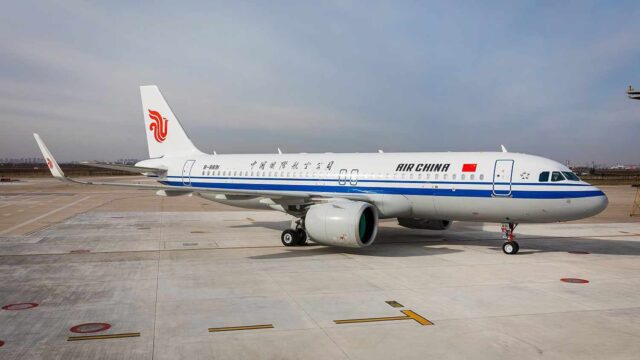Bristol Airport launches sustainability strategy
Bristol Airport has published its Sustainability Strategy, with a new interim target to cut carbon emissions across its operations by 73% by 2027.
The airport worked with Business In The…

Bristol Airport has published its Sustainability Strategy, with a new interim target to cut carbon emissions across its operations by 73% by 2027.
The airport worked with Business In The Community, the responsible business charity, to create the strategy.
Over 2,000 people were engaged with and consulted to create the Strategy, including local residents, staff, the business community, and industry experts.
Climate action was the number one issue for both those working at Bristol Airport and external stakeholders. The Airport’s impact on the local economy and jobs, improvements to biodiversity and air quality, and noise and traffic were raised as important issues.
Responding to this, the Strategy sets four goals for Bristol Airport:
- Be net zero across its operations by 2030
Collaborate with partners to accelerate the delivery of zero emissions flight
Protect and enhance the local environment
Support their communities and enable the region to thrive
The Sustainability Strategy brings together existing and new targets on cutting emissions from Bristol Airport’s operations, details how we’re working with partners to accelerate the development of zero emissions flight, enhancements to our local environment, and how we’ll support our region’s economy.
Bristol Airport targets
The new Sustainability Strategy sets an interim target for the first time, aiming for a 73% cut in emissions across Bristol Airport’s operations by 2027, compared to emissions in 2019. This will demonstrate real progress is being made against the Airport’s existing target of achieving net zero operations by 2030.
Clare Hennessey, director of planning and sustainability, said: “A sustainable business is one that is both environmentally and socially conscious. Our Sustainability Strategy responds to priorities raised by our stakeholders, setting clear goals and targets for the next five years, establishing a transparent benchmark against which we will report our progress.”
Subscribe to the FINN weekly newsletter
















